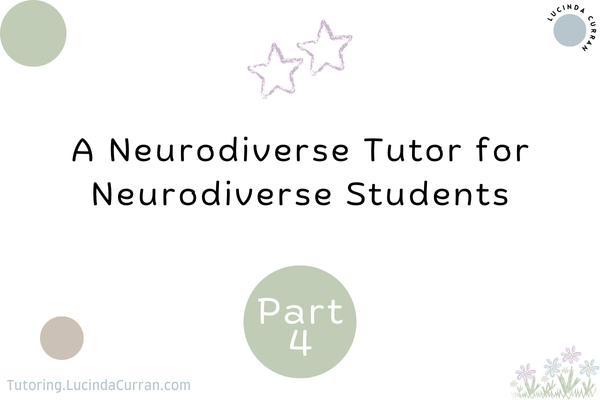Embracing Different Communication Styles
Another key element for success in teaching neurodiverse learners is recognising and respecting diverse communication styles.
Whether it’s non-verbal cues, alternative forms of expression, or simply requiring more processing time, neurodiverse learners may communicate differently than their neurotypical peers.
The Benefit for Learners
Neurodiverse tutors are often well-versed in unconventional communication styles themselves.
They can model alternative ways of expressing thoughts, listening attentively to non-verbal cues, and giving students the time and space they need to articulate ideas in ways that feel natural for them.
How It Helps Students:
- Patience with Communication: Tutors give space for slower processing and alternative expression.
- Inclusive Language: Neurodiverse tutors are likely to offer communication that aligns with neurodiverse learners, using familiar terms and phrases.
- Recognition of Non-Verbal Cues: Tutors can better tune into body language or other signs that help them understand how the student is feeling.
Key Takeaways:
- Neurodiverse learners often require different approaches to communication.
- Neurodiverse tutors bring an understanding of diverse communication styles.
- Giving students space to communicate in their own way promotes confidence and comfort.






